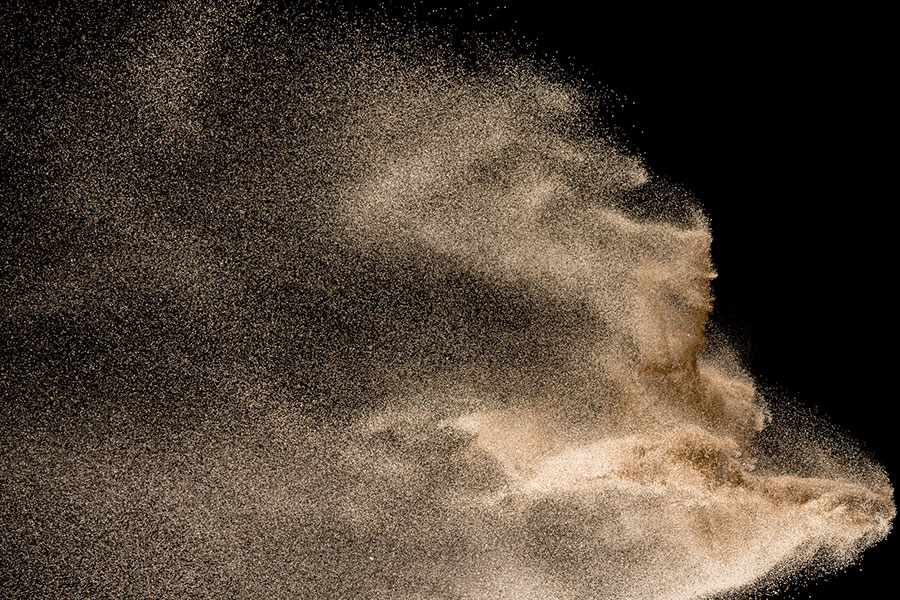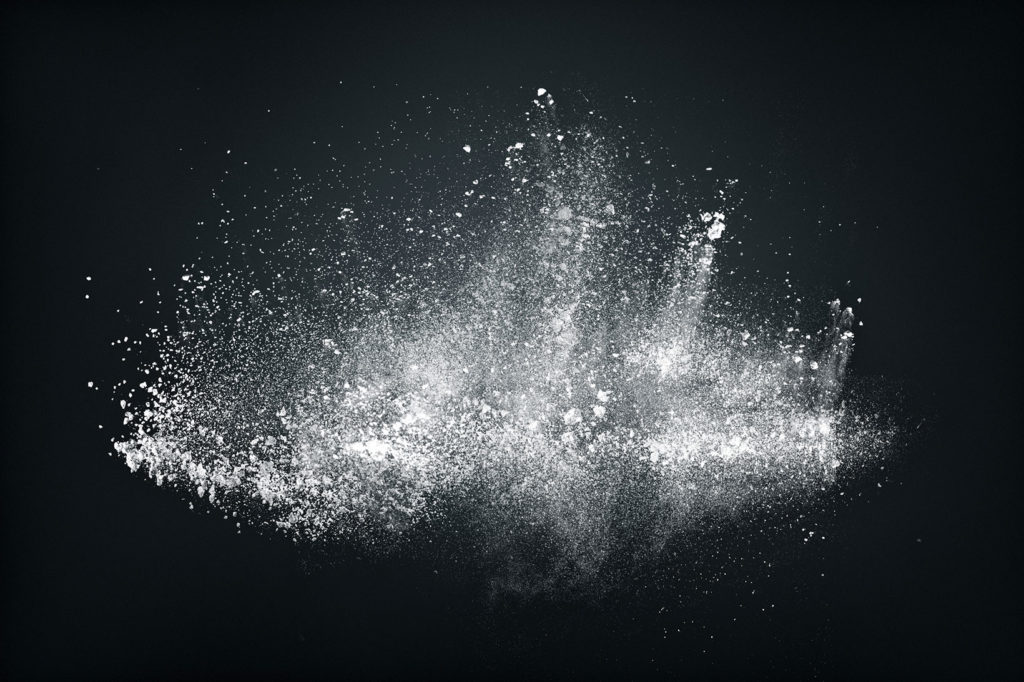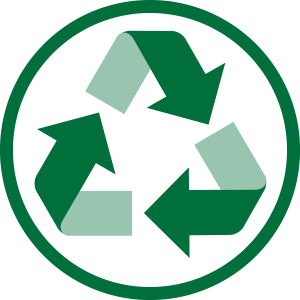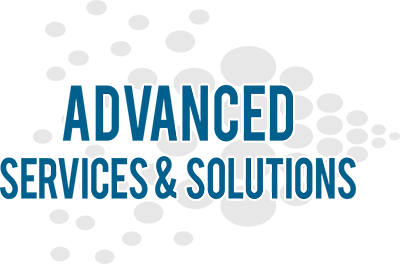Advanced Services & Solutions - The Process
What is Soda Blasting?
Soda blast particles remove surface contaminant by the energy released as the particles explode when pressure-driven into contact with the contaminant surface. The resulting release of energy disrupts the contaminate surface-thus leaving the substrate completely unaffected.

What is Dry Ice Blasting?
Working with Dry Ice (the solid form of carbon dioxide) allows for three main advantages. It is delivered with pressurized air so it offers kinetic energy to work as an abrasive. It is also very cold (-109 Fahrenheit) so it makes the contaminant shrink helping to separate it from the substrate (thermal shock). Lastly, it quickly sublimates from a solid to a gas, expanding roughly 800 times, so it’s like microscopic explosions on the surface of the material. Once expelled, there is no waste left other than the surface contaminant originally found on the item being cleaned.

What is Abrasive Blasting?
Abrasive blasting is the propulsion of abrasive particles against a surface to remove contaminant or coatings, make a rough surface smooth, or make a smooth surface rough. This description includes a variety of recyclable medias like glass beads, aluminum oxide, steel shot, silicon carbide and different gauge sand particles.

Cleaning with Dry Ice (the solid form of carbon dioxide) offers:
No secondary waste
Reduced cleaning time
A clean in-place, no cool down, minimal disassembly process
A non-abrasive clean that won’t damage substrates
What is called a “Non-Conductive” process (doesn’t conduct heat or electricity)
Media entrapment elimination
Increased operator safety
An environmentally responsible clean
Blasting soda is a material that undergoes micro fragmentation on impact, literally exploding away surface materials without damage to the substrate underneath. Since sodium bicarbonate is much softer than the sandblasting medias, the blast nozzle used for sodablasting applications can be made of soft metals such as brass or steel. The air pressure can vary from very low to high pressures.
There are many practical uses for soda blasting: food industry machinery, automotive paint removal, graffiti, fire restoration, restoring historical artifacts, mold removal, masonry, wood, fiberglass, concrete and most metals.


